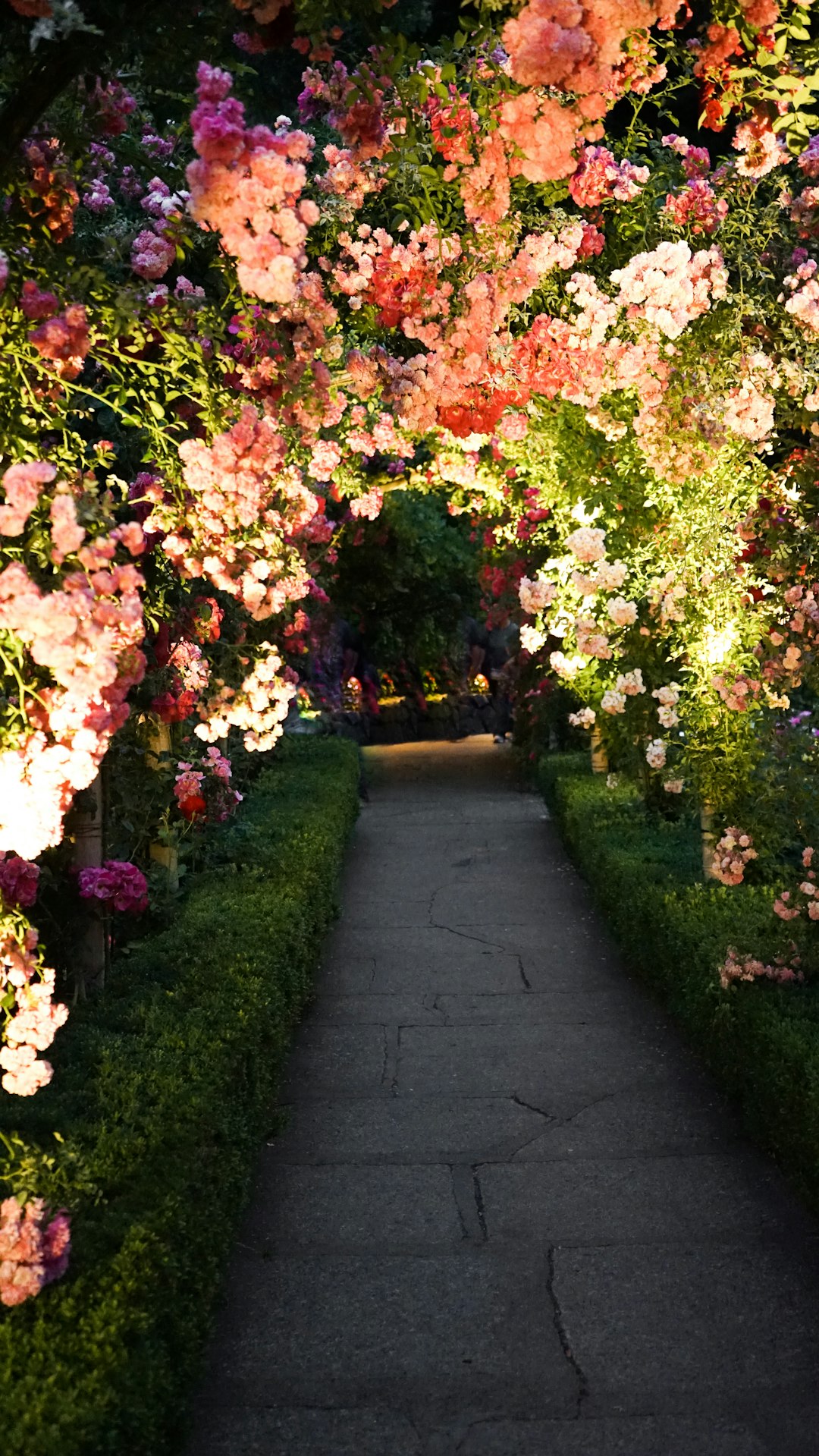Choosing the Right Soil for Your Garden: A Comprehensive Guide
Having a thriving garden is every gardener’s dream. Whether you’re a beginner or a seasoned pro, one crucial factor that contributes to the success of your garden is the type of soil you choose. The right soil provides essential nutrients, improves drainage, and promotes healthy root growth. In this comprehensive guide, we will explore the different types of soil and help you determine which soil is best for your garden.
1. Understanding Soil Composition
Before we dive into various soil types, it’s important to understand the basic components that make up soil. The ideal soil is made up of a mixture of clay, silt, sand, organic matter, and various microorganisms. Each component influences the soil’s texture, drainage capacity, and ability to retain nutrients.
2. Clay Soil
Clay soil is composed of extremely fine particles, which gives it a smooth and dense texture. While it is rich in nutrients, its tightly packed nature may lead to poor drainage and compacted roots. To improve clay soil, add organic matter such as compost or well-aged manure. This will improve drainage and aeration.
3. Sandy Soil
Sandy soil comprises larger particles, making it light and gritty. While it tends to drain exceptionally well, it lacks the ability to retain water and nutrients. To enhance sandy soil, incorporate organic matter and compost to increase its water-holding capacity. Additionally, regular application of organic mulch will help retain moisture.
4. Silt Soil
Silt soil has smaller particles and a smoother texture than sandy or clay soil. It offers excellent drainage while retaining some water and nutrients. However, it can become compacted, reducing its ability to let water through. To improve silt soil, mix in organic matter to enhance its structure and drainage.
5. Loam Soil
Loam soil is considered the ideal type of soil for gardens. It is a balanced combination of clay, silt, and sand, offering good drainage, moisture retention, and nutrient availability. Most plants thrive in loam soil, and it is relatively easy to work with. If your garden has loam soil, consider yourself lucky!
6. Peat Soil
Peat soil is high in organic matter and is formed from partially decomposed plant material. It has excellent water and nutrient retention but drains poorly due to its dense nature. Peat soil is used extensively in potting mixes, but in the garden, it should be mixed with other soil types to enhance drainage.
7. Chalky Soil
Chalky soil is alkaline and typically found in areas with limestone deposits. It can be challenging to manage due to its ability to dry out quickly. Plants that thrive in alkaline environments, such as lavender and rosemary, are well-suited for chalky soil. To improve its fertility, add organic matter and acidic materials, like composted pine needles.
8. Acidic Soil
Acidic soil has a low pH level, often caused by high rainfall or evergreen tree growth. While some plants, like blueberries and azaleas, prefer acidic soil, most garden plants require a more neutral pH. To raise the pH, add lime or wood ash. To lower the pH, incorporate organic matter like composted oak leaves or pine needles.
Now that you have a better understanding of the different soil types, you can assess your garden’s soil and make an informed decision. Remember, soil can be amended and improved, so don’t be discouraged if your soil doesn’t fit your desired type. With the right knowledge and a little effort, you can create the perfect environment for your beloved plants to flourish. Happy gardening!

